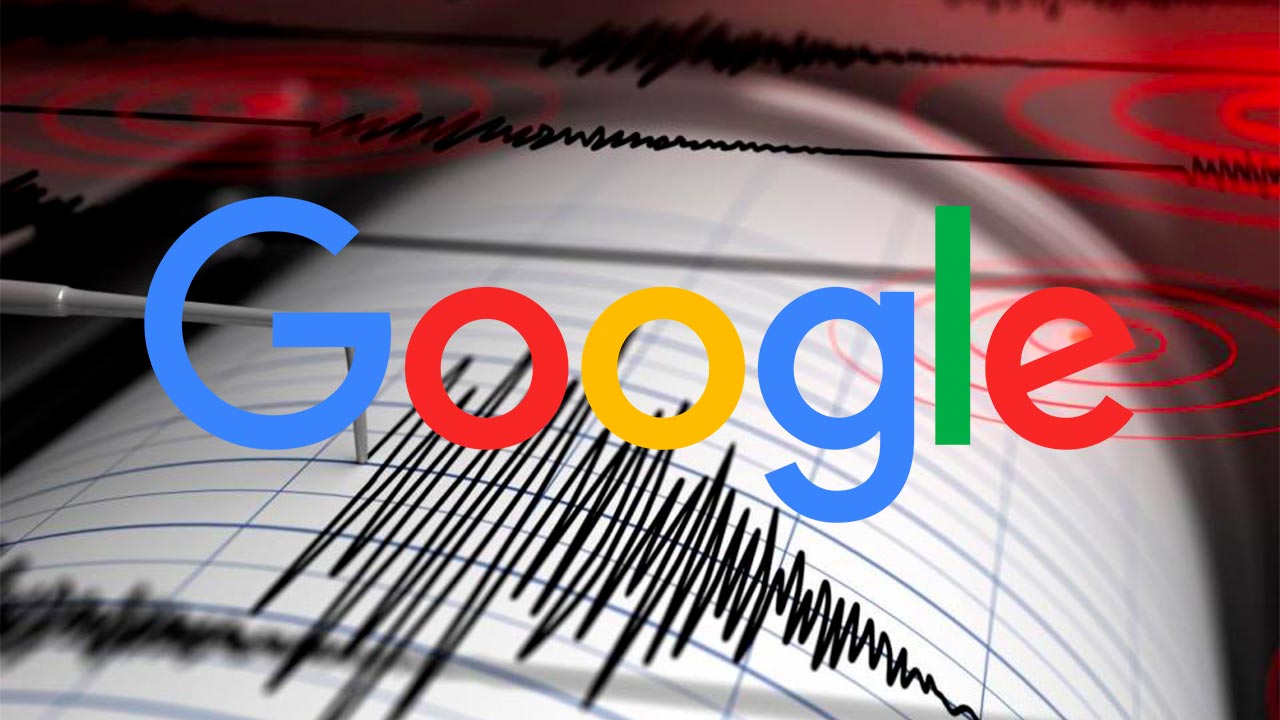Google detected the earthquake in Lombardy through users' smartphones. Here's how he did it
Source: HW Upgrade added 18th Dec 2020
Yesterday in Milan and province an earthquake of magnitude 3.9 was warned that the INGV or the National Institute of Geophysics and Volcanology immediately reported. Google, however, has done the same but not using the classic seismographs but through the motion sensors of smartphones. This is how experimental technology works.
by Bruno Mucciarelli published 18 December 2020 , at 00: 21 in the channel Telephony
Google Android
At 16.59 of yesterday, 17 December 2020, a earthquake was felt by many inhabitants of the Milan and surrounding areas . A roar that initially was not actually considered as an earthquake but which was then immediately reported by the INGV or the National Institute of Geophysics and Volcanology which mentioned an earthquake between the 3.8 and 4.4 degree of magnitude which later revealed itself precisely to 3.9 with epicenter near Pero. Clearly, not only the citizens but also the specialized seismographs of the Institute, but not only, were able to detect the shock.
In fact, news of this earthquake in the province of Milan concerns the report by the Google search engine which in this case received the signal not from the seismographs but from the movement sensors present in the Android smartphones. Yes, because in this case Google has been using the motion sensors of users’ smartphones for some time to understand if there may actually be anomalous movements due to the earthquake.
Google ” feels ” the earthquake via smartphones
The Google system at the moment is clearly experimental . The Mountain View company has well thought out to exploit the motion sensors or the accelerometers present in all Android smartphones to understand whether during the day or night there could be such tremors as to associate them with an earthquake. The company had already announced it a few months ago: the system underlying the technology would not have involved anything in the smartphones of users who would not have had to install any tools or applications but only would have had to use the smartphone as they do every day.
How does this new technology work? The system relies on integrated accelerometers as mentioned in all smartphones to detect signals of an earthquake. If the phone detects an earthquake, it sends a signal to a Google server, along with information on the location of the device. The server combines information received from multiple Android phones to figure out if an earthquake is indeed taking place. In case you actually know a positive feedback on the problem, here is that the system automatically sends alert notices to Android devices, so that the people can find shelter or make themselves safe .
Interestingly, although a normal accelerometer is not obviously as precise as a seismograph, hundreds of thousands of accelerometers distributed in the space of a few hundred square kilometers can still serve as an alarm bell for a rudimentary but quick-to-use anti-seismic system. This is what happened yesterday in the province of Milan by searching for Earthquake on Google: users in the affected area were given a warning message that advised to consult the official sources for more information on the subject . Not only because a question was also asked if the earthquake had actually been felt in that area.
